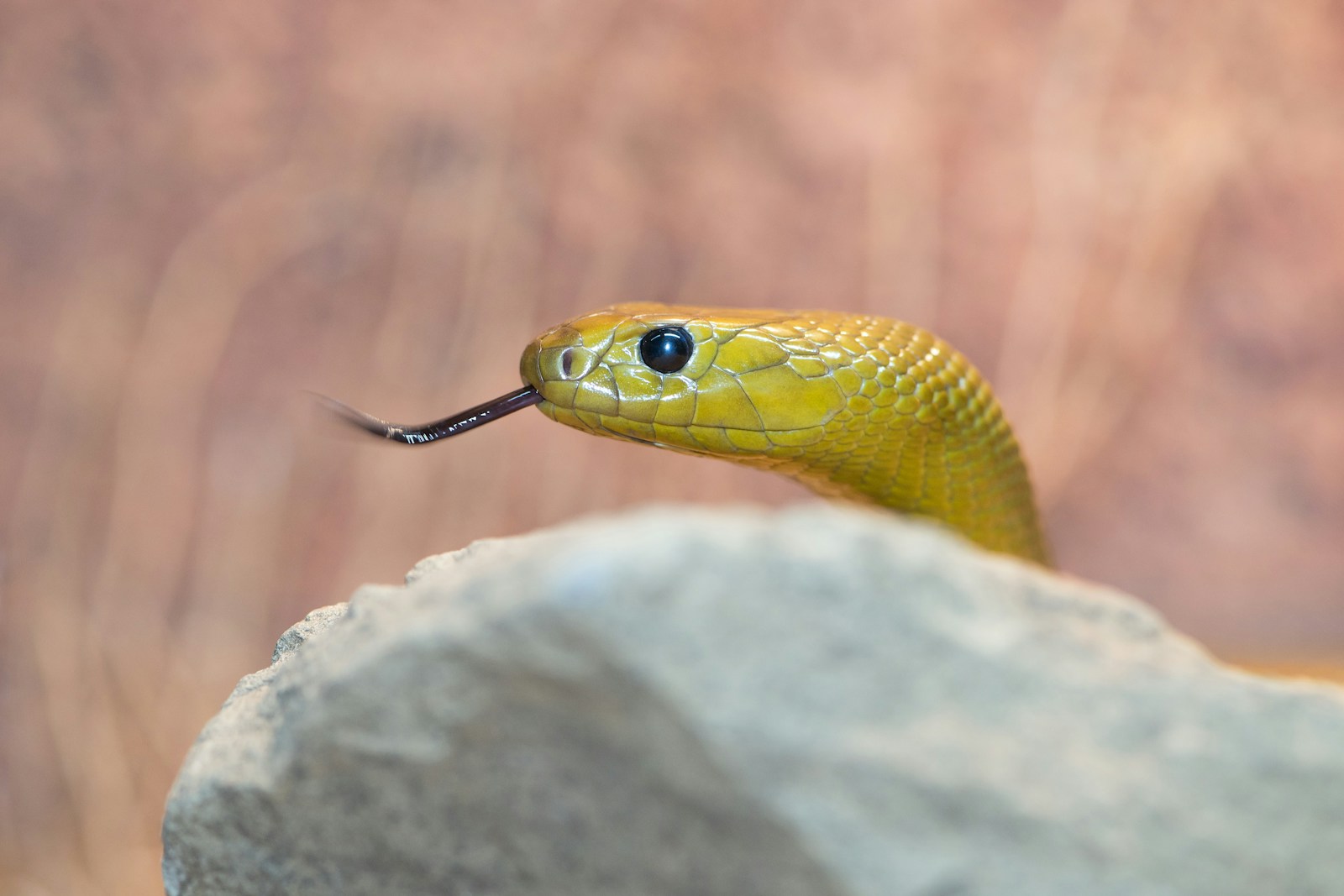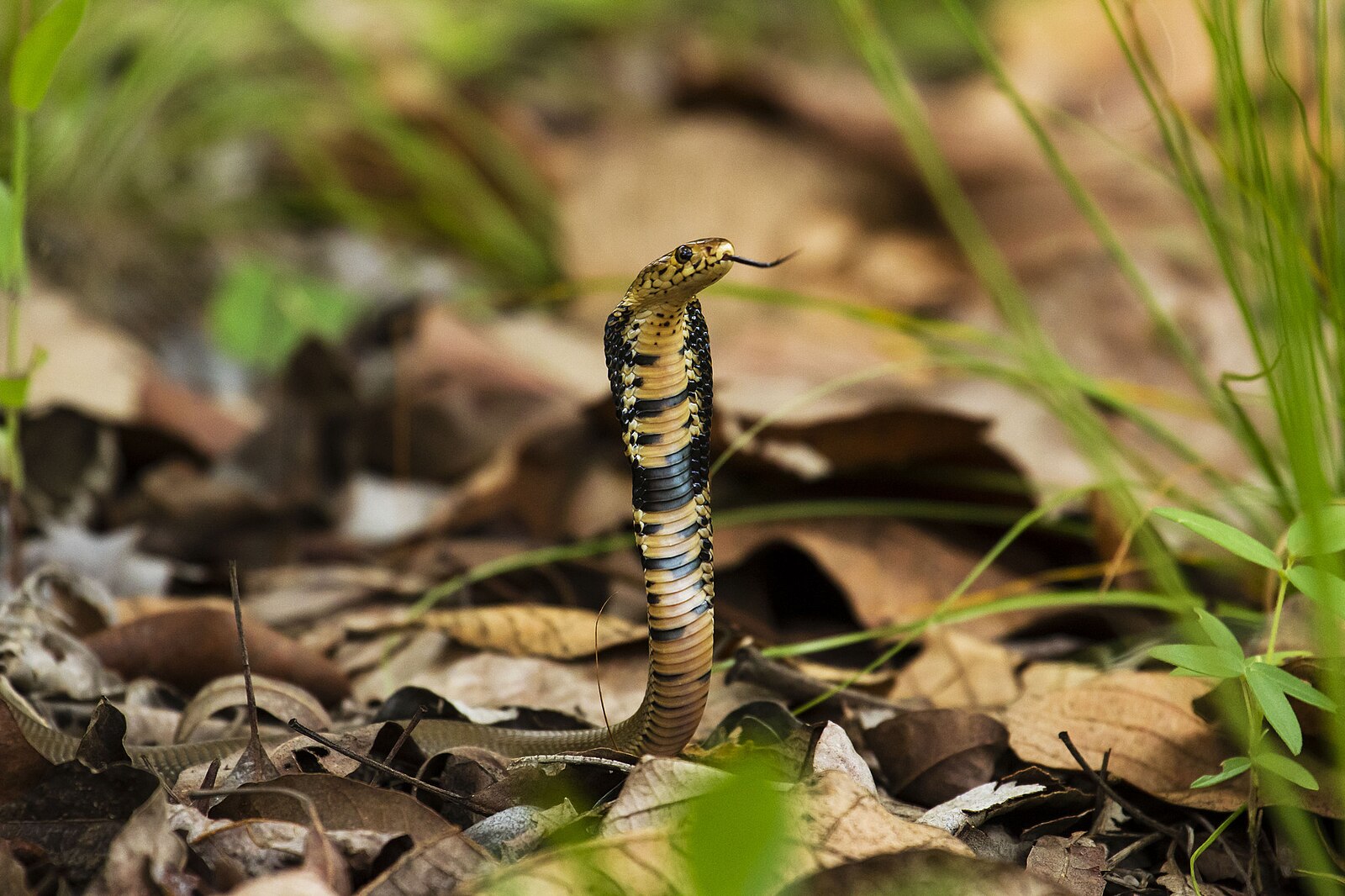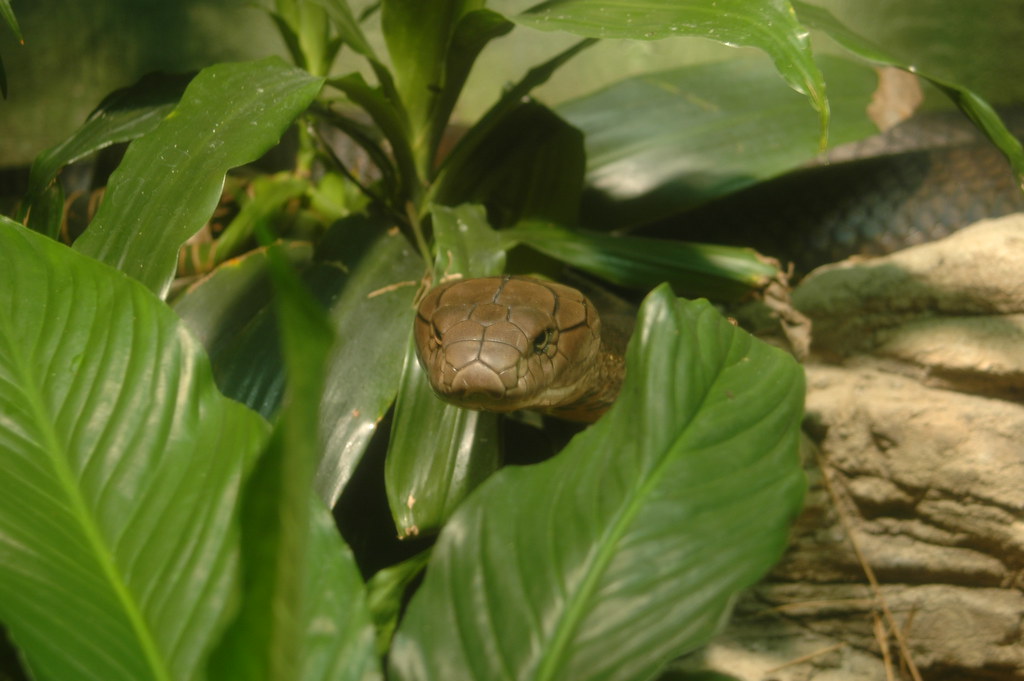Venomous snakes have captivated human curiosity and fear for millennia, with their potent venom and striking appearances. While adult venomous snakes are often well-documented and studied, their younger counterparts remain somewhat mysterious to many. Baby venomous snakes are not simply miniature versions of their parents – they possess unique characteristics, behaviors, and even venom compositions that set them apart from adults. Understanding these differences is crucial not only for herpetologists but also for anyone who might encounter these creatures in the wild. This article explores the fascinating developmental journey of venomous snakes, highlighting key comparisons between juveniles and adults across various species and examining how these differences impact their survival, hunting strategies, and interactions with humans.
Birth and Early Development
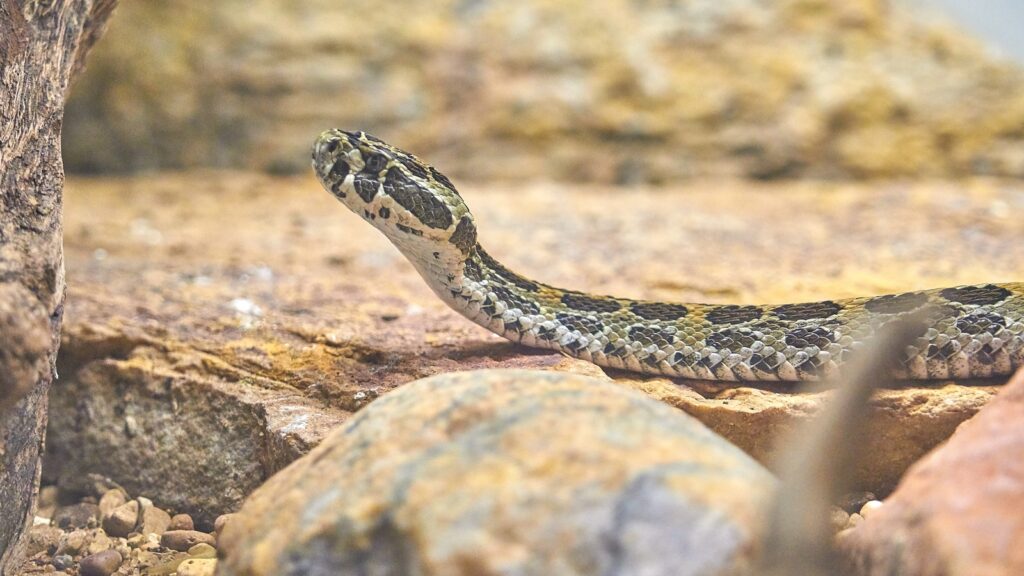
Venomous snakes enter the world through one of two methods: live birth (viviparity) or egg-laying (oviparity), depending on the species. Pit vipers like rattlesnakes and copperheads typically give birth to live young, while cobras and many other elapids lay eggs. When baby venomous snakes first emerge, they are fully equipped with functional venom glands and fangs, making them dangerous from day one. Unlike many animals that require parental care, most venomous snake species provide no parental guidance or protection, forcing newborns to be self-sufficient immediately. This independence means baby snakes must quickly master hunting, defense, and survival skills in environments filled with predators and challenges.
Size and Physical Appearance
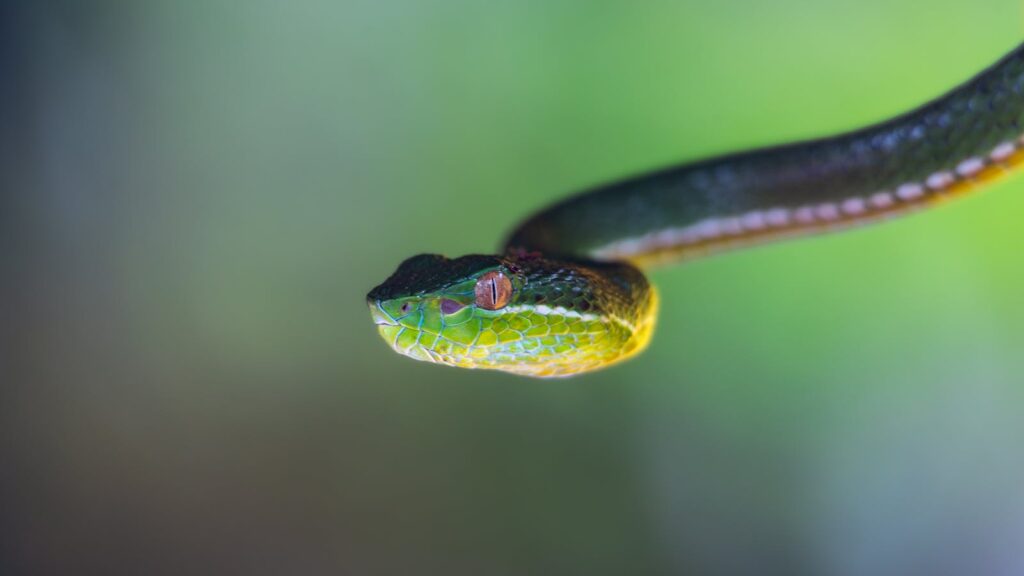
The most obvious difference between baby and adult venomous snakes is their size, with newborns typically measuring between 6-12 inches long, while adults can reach several feet depending on the species. Beyond mere size, baby venomous snakes often display different coloration and patterns compared to adults, sometimes so dramatically that they can be misidentified as different species. For instance, young Southern copperheads exhibit vibrant hourglass patterns and a distinctive yellow-tipped tail that fades as they mature. This tail tip, which many juvenile pit vipers possess, serves as a lure to attract prey—a hunting adaptation that many lose in adulthood. Baby rattlesnakes also differ from adults in that they start with just a single button on their rattle, adding segments with each successful shedding of their skin.
Venom Potency and Composition
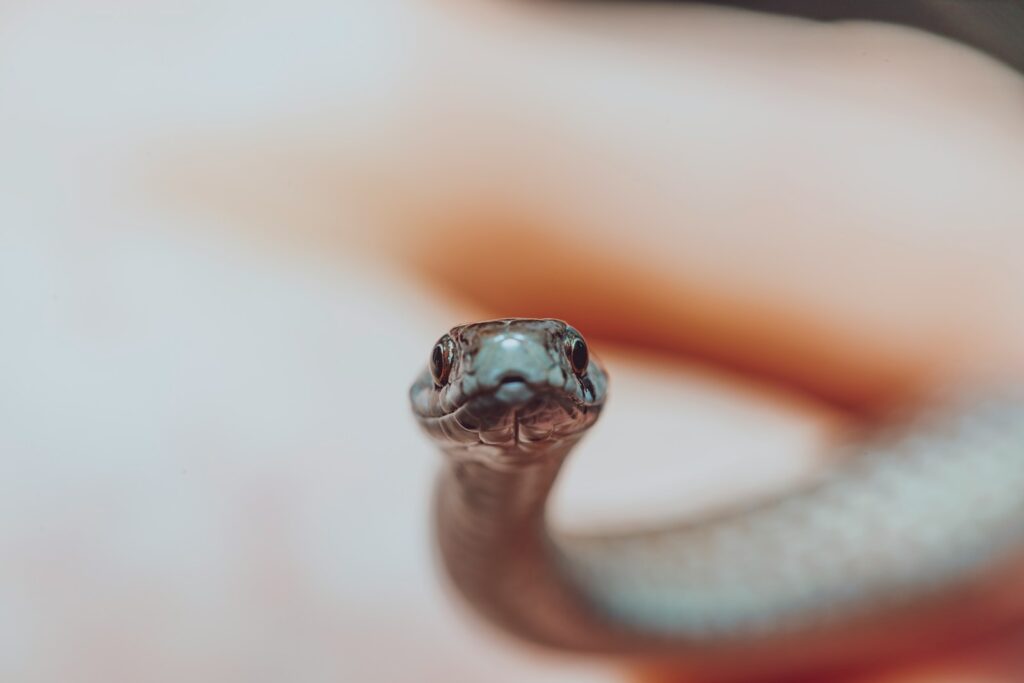
Contrary to popular myth, baby venomous snakes are not inherently more dangerous than adults due to an inability to control venom output. Research shows that while juvenile snakes may have slight differences in venom composition, the notion that they inject more venom because they “can’t control themselves” is largely unfounded. Some studies indicate that juvenile venom may contain higher concentrations of certain toxins compared to adults, possibly as an evolutionary adaptation to help inexperienced hunters immobilize prey more effectively. The venom composition can also evolve throughout a snake’s life, sometimes shifting to target different prey as the snake grows and changes its diet. However, adult snakes generally produce larger quantities of venom overall, making their bites potentially more dangerous simply due to volume.
Hunting Behavior and Diet
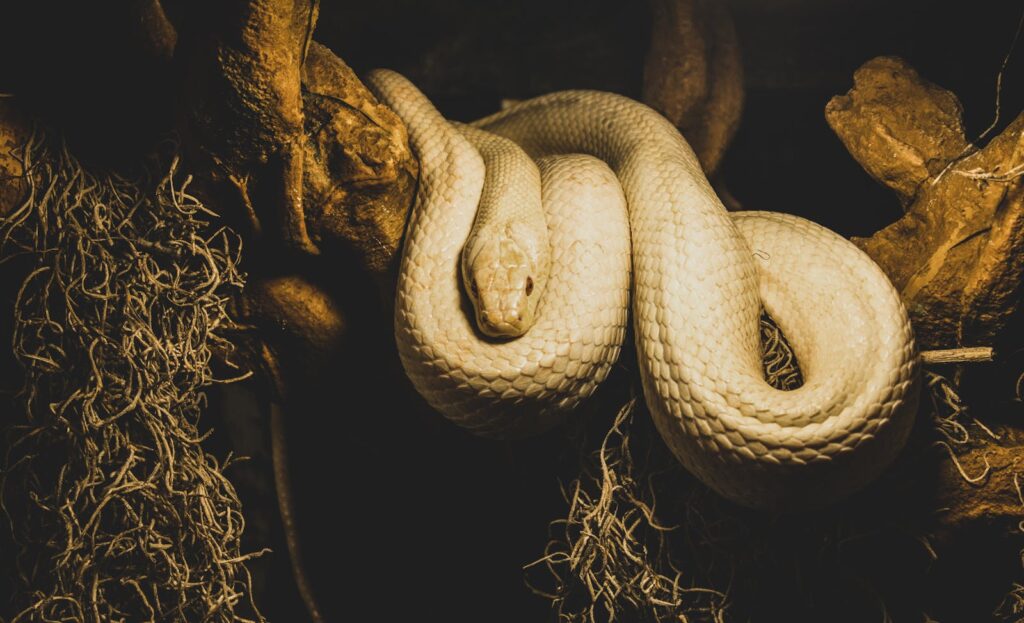
Baby venomous snakes often employ different hunting strategies than their adult counterparts, adapted to their smaller size and specific prey preferences. Many juvenile pit vipers, like copperheads and cottonmouths, use their bright yellow tail tips as caudal lures, wiggling them to mimic insects or worms and attract small frogs or lizards within striking range. As they mature and grow, their diet typically expands to include larger prey such as rodents, birds, and even other snakes. The hunting frequency also differs, with growing juveniles needing to eat more regularly relative to their body size compared to adults, who can sustain themselves on fewer, larger meals. This difference in feeding patterns influences their activity levels and the likelihood of human encounters in various habitats.
Defensive Behavior and Aggression
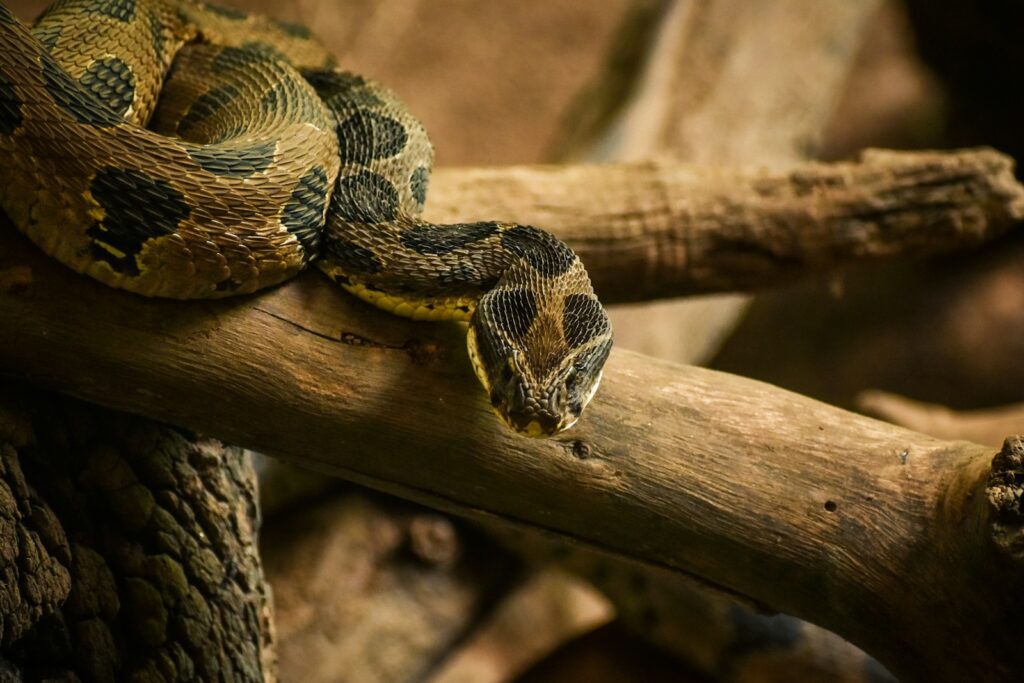
Baby venomous snakes often exhibit heightened defensive responses compared to adults due to their increased vulnerability to predators. When threatened, juveniles may be quicker to adopt defensive postures, strike, or bite rather than attempt to flee first, as they lack the physical strength and speed of adults. This intensified defensive behavior is sometimes misinterpreted as aggression, contributing to the misconception that baby snakes are more dangerous or “aggressive” than adults. In reality, this behavior represents a natural survival adaptation rather than inherent aggression. Some species, like baby rattlesnakes, may also strike repeatedly when threatened, while adults might conserve energy with fewer, more calculated defensive strikes.
Habitat and Range
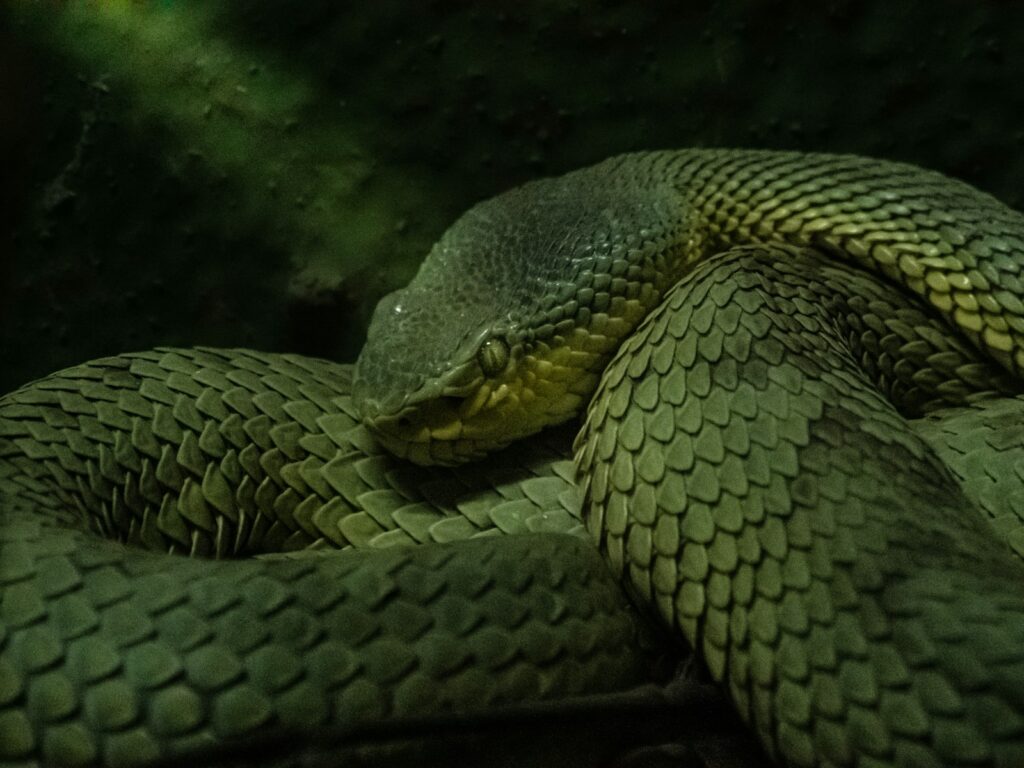
Juvenile venomous snakes may utilize different microhabitats within their species’ range compared to adults, often selecting areas that provide more cover and protection from predators. Young snakes typically stay closer to their birthplace initially, limiting their range until they grow larger and more confident in their survival abilities. This difference in habitat preference can mean that juveniles are sometimes found in areas where adults are less common, such as dense underbrush, rock crevices, or fallen logs. Seasonal variations also affect habitat use differently between age groups, with juveniles sometimes remaining more active during cooler periods when adults might be less visible. Understanding these habitat differences is crucial for conservation efforts and for predicting human-snake encounter patterns across different landscapes.
Growth Rate and Shedding
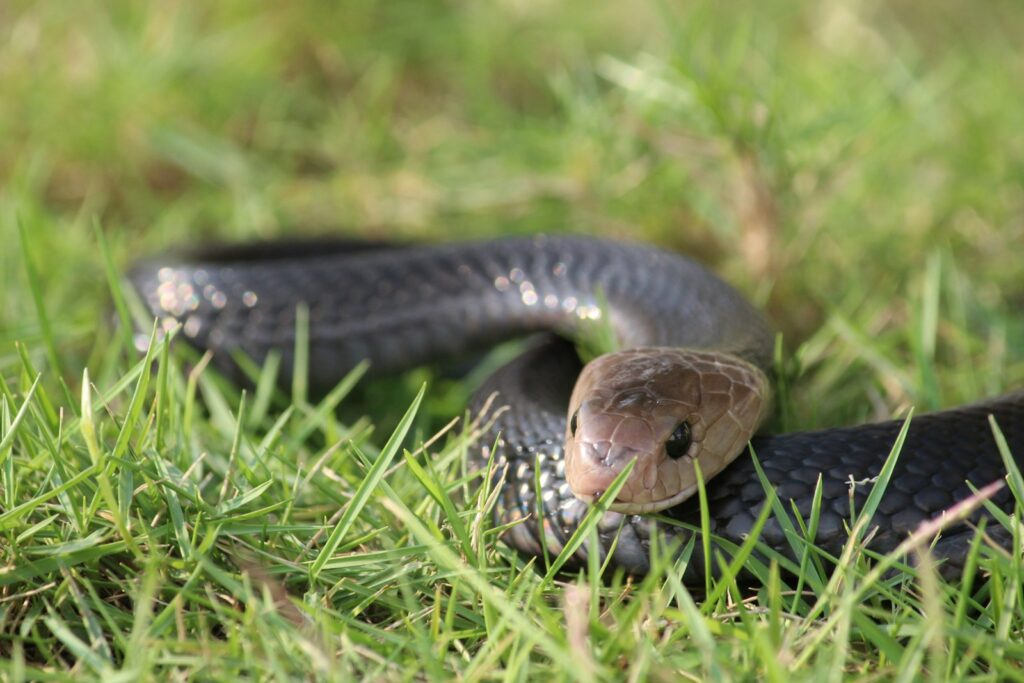
Baby venomous snakes grow rapidly during their first few years of life, requiring frequent shedding of their skin to accommodate this growth. While adult snakes typically shed 2-4 times annually, juveniles may shed every few weeks during peak growth periods. The shedding process (ecdysis) is particularly vulnerable for young snakes, as their vision becomes temporarily impaired when the old skin covers their eyes, making them more defensive during this time. Growth rates vary significantly between species, with some pit vipers reaching sexual maturity within 2-3 years, while larger species like king cobras may take 4-5 years to reach adult size. Environmental factors including food availability, temperature, and habitat quality all influence how quickly a young venomous snake develops into its adult form.
Survival Rates and Predation

The mortality rate for baby venomous snakes is substantially higher than for adults, with some studies suggesting that less than 20% survive their first year in the wild. This high mortality is due to their vulnerability to a wide range of predators, including birds of prey, larger snakes, wild cats, coyotes, and even large frogs or fish for smaller species. Despite being armed with venom, their small size makes them targets for predators that might avoid larger adult specimens. Weather extremes pose another significant threat, as juveniles are more susceptible to dehydration and temperature fluctuations due to their higher surface-area-to-volume ratio. This vulnerability to predation and environmental challenges has shaped many of the behavioral adaptations specific to juvenile venomous snakes, including increased secretiveness and defensive reactions.
Identification Challenges
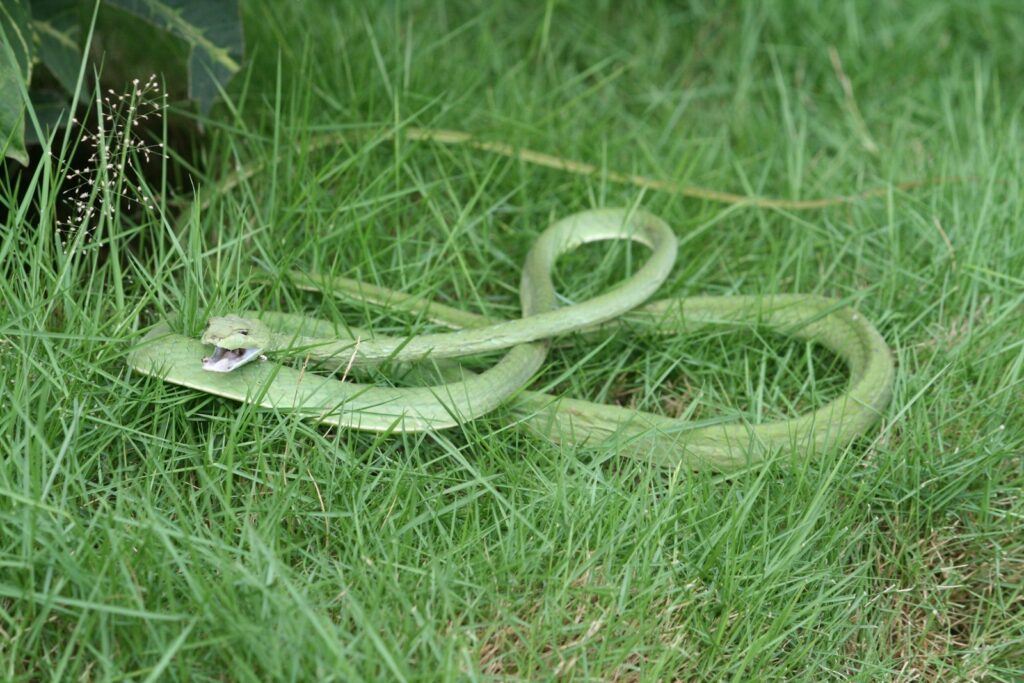
Correctly identifying baby venomous snakes presents unique challenges even for experienced herpetologists, as juveniles often display different patterns and coloration than adults. This identification difficulty creates safety concerns in regions where venomous and non-venomous species coexist. For example, young rat snakes are frequently mistaken for juvenile copperheads due to similar patterning, while young coral snakes might be confused with scarlet king snakes. Adding to the confusion, some harmless species have evolved to mimic venomous snakes as a defense mechanism, and this mimicry is sometimes more pronounced in their juvenile forms. When encountering any unknown snake, especially a juvenile, experts recommend maintaining a safe distance rather than attempting to identify or handle the animal, as misidentification can lead to dangerous situations.
Unique Adaptations of Young Venomous Snakes
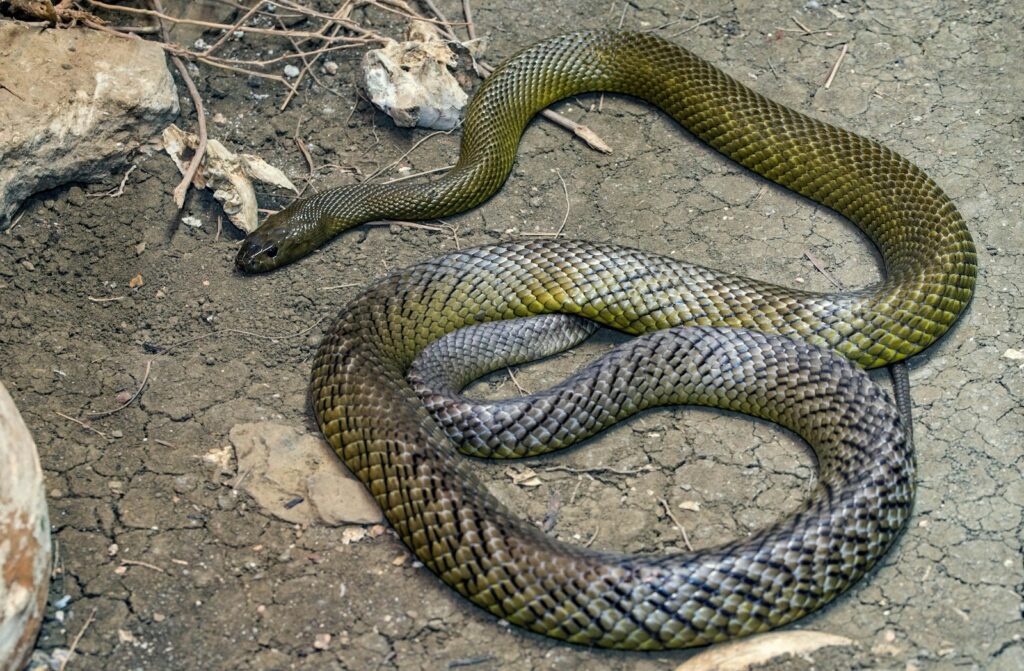
Beyond the differences already mentioned, baby venomous snakes possess several specialized adaptations that help them survive their vulnerable early years. The caudal luring behavior seen in many juvenile pit vipers represents just one example of age-specific hunting adaptations. Some species, like certain rattlesnakes, are born with a more potent neurotoxic venom that shifts toward a more hemotoxic composition as they age and begin targeting larger mammalian prey. Juvenile venomous snakes may also possess enhanced camouflage patterns that provide better concealment in the specific microhabitats they prefer. Their smaller size can be advantageous for accessing tight spaces to hunt small prey or escape predators, allowing them to exploit ecological niches unavailable to their larger parents.
Human Encounters and Bite Statistics
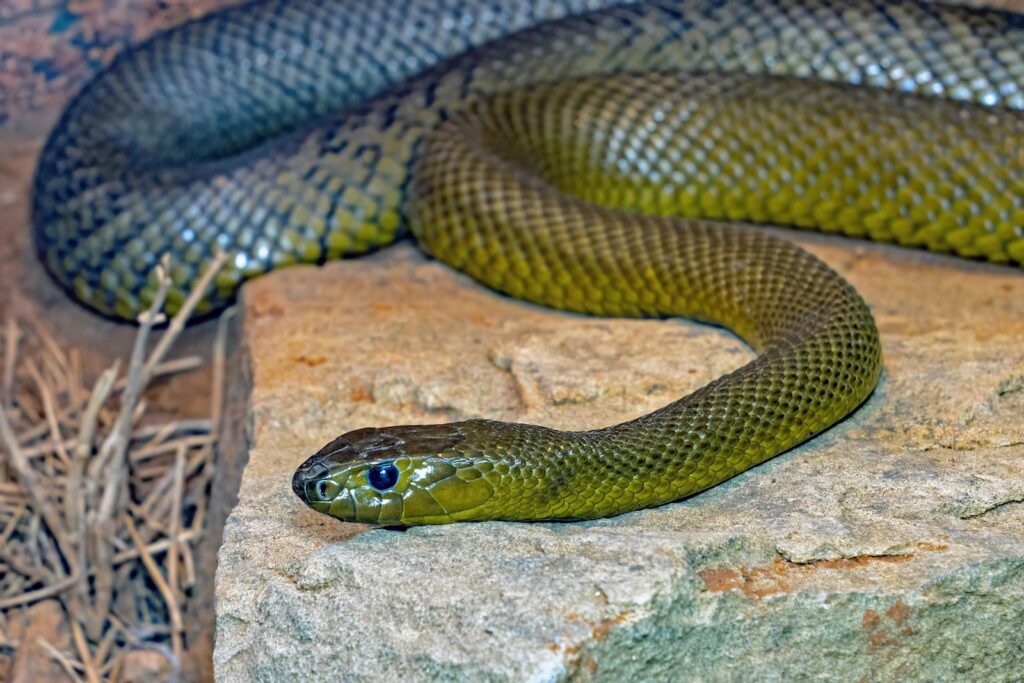
Statistics on snake bites rarely differentiate between juvenile and adult snakes, making it difficult to compare bite frequencies between age groups. Anecdotal evidence suggests that because baby venomous snakes are less visible and often more defensive when discovered, they may be responsible for a disproportionate number of “surprise” encounters that result in defensive bites. Medical literature indicates that while baby snake bites deliver less venom by volume, they still require identical medical treatment to adult bites of the same species. Some studies from Australia suggest that juvenile brown snake bites may cause more severe coagulation disturbances than adult bites, despite delivering less venom, supporting the theory that venom composition differences can impact clinical outcomes. First aid and medical treatment protocols remain the same regardless of the snake’s age—prompt medical attention is essential for any venomous snake bite.
Conservation Implications
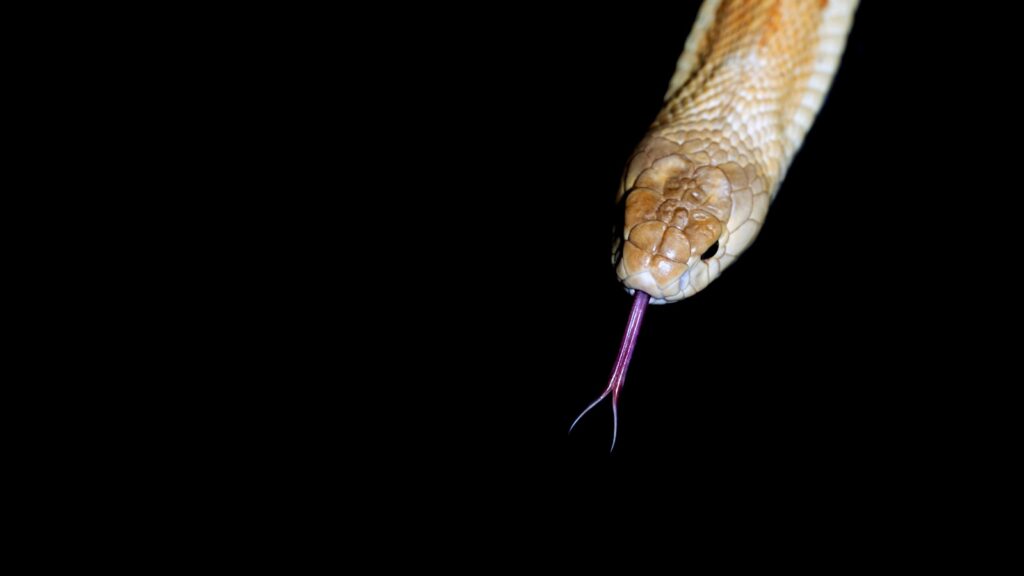
Understanding the differences between juvenile and adult venomous snakes has significant implications for conservation efforts worldwide. Habitat destruction affects age groups differently, with juveniles often more severely impacted due to their specific microhabitat requirements and limited mobility. Conservation programs increasingly recognize the need to protect not just adult breeding populations but also the varied habitats that support different life stages. Climate change presents another differential threat, as juveniles with their higher metabolic rates and smaller body sizes may be more vulnerable to temperature extremes. Many conservation initiatives now include educational components that help dispel myths about baby venomous snakes, reducing needless killings based on misconceptions about their danger level or aggression.
Future Research Directions
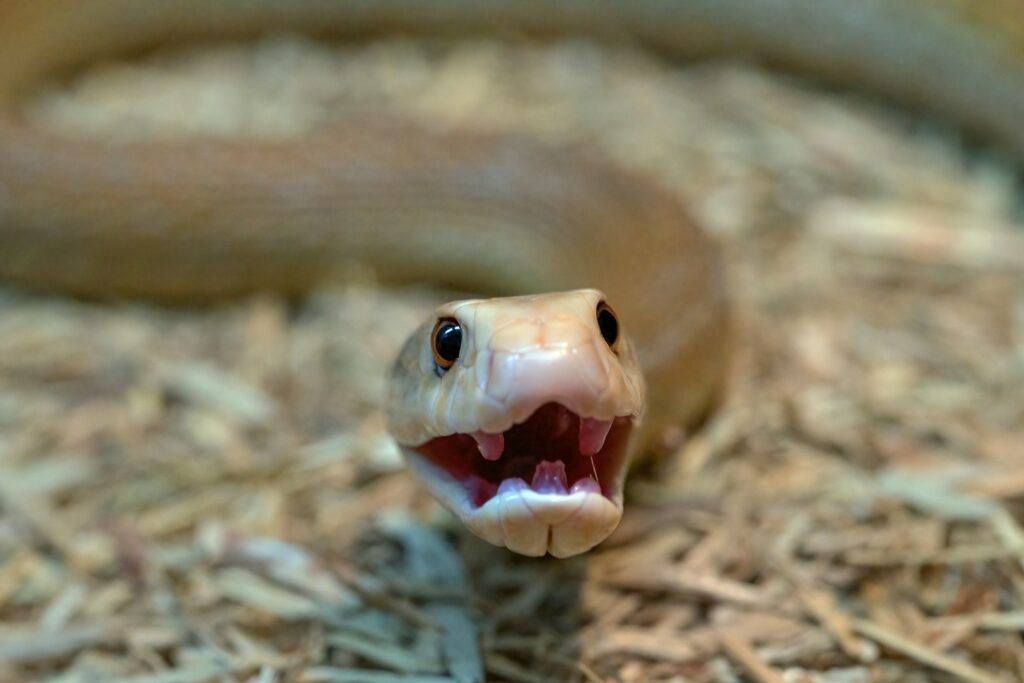
The field of herpetology continues to uncover new insights into the developmental biology of venomous snakes, with several promising research areas emerging. Advanced proteomics techniques are allowing scientists to map the complete venom profile changes throughout a snake’s life cycle, potentially leading to improved antivenom production that accounts for age-specific venom variations. Behavioral ecologists are using miniaturized tracking technologies to better understand the movements and habitat use of juvenile venomous snakes, addressing a significant knowledge gap in their life history. Conservation biologists are investigating how climate change specifically affects different life stages of venomous snakes, with particular attention to temperature-dependent sex determination in some species. These research directions not only enhance our scientific understanding but also contribute to more effective conservation strategies and human safety protocols regarding these fascinating but potentially dangerous animals.
Conclusion
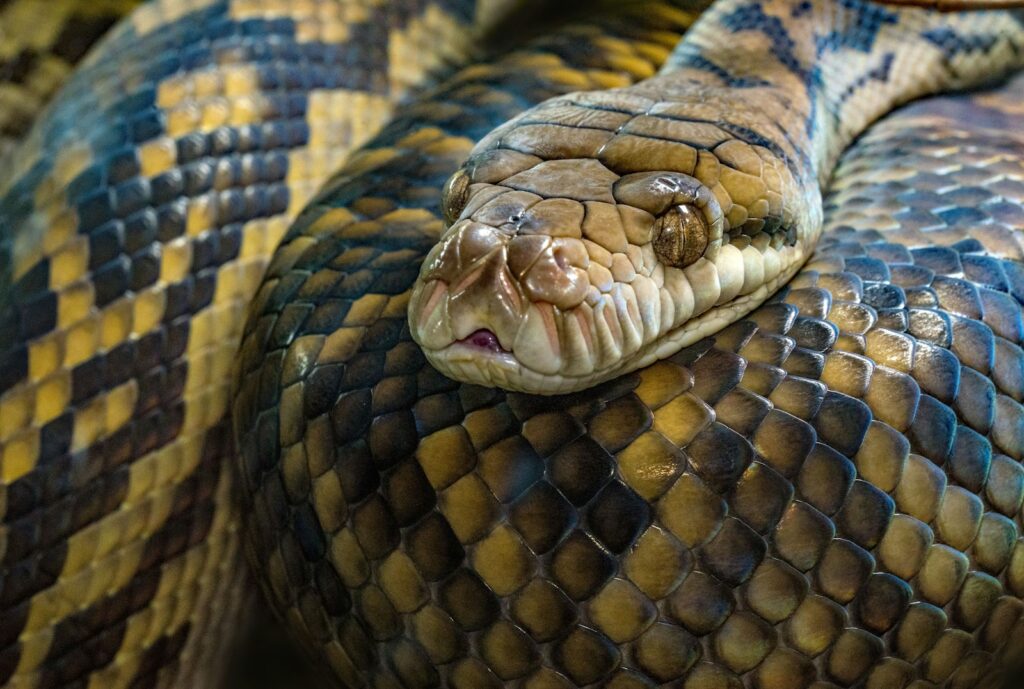
The journey from a newly-born venomous snake to a full-grown adult involves remarkable transformations that extend far beyond simple growth in size. From changes in appearance, venom composition, and hunting techniques to differences in behavior, habitat preference, and predation risk, baby venomous snakes represent distinct ecological entities rather than merely smaller versions of their parents. These age-related differences have evolved through natural selection to maximize survival at each life stage, allowing venomous snakes to occupy varying ecological niches throughout their development. For humans living in regions where these snakes occur, understanding these differences is not merely academic—it informs safer practices for avoiding negative encounters and supports more effective conservation of these ecologically important predators. As research continues to illuminate the complex biology of venomous snakes across their lifespan, we gain not only scientific knowledge but also a deeper appreciation for these sophisticated and highly adapted creatures.

